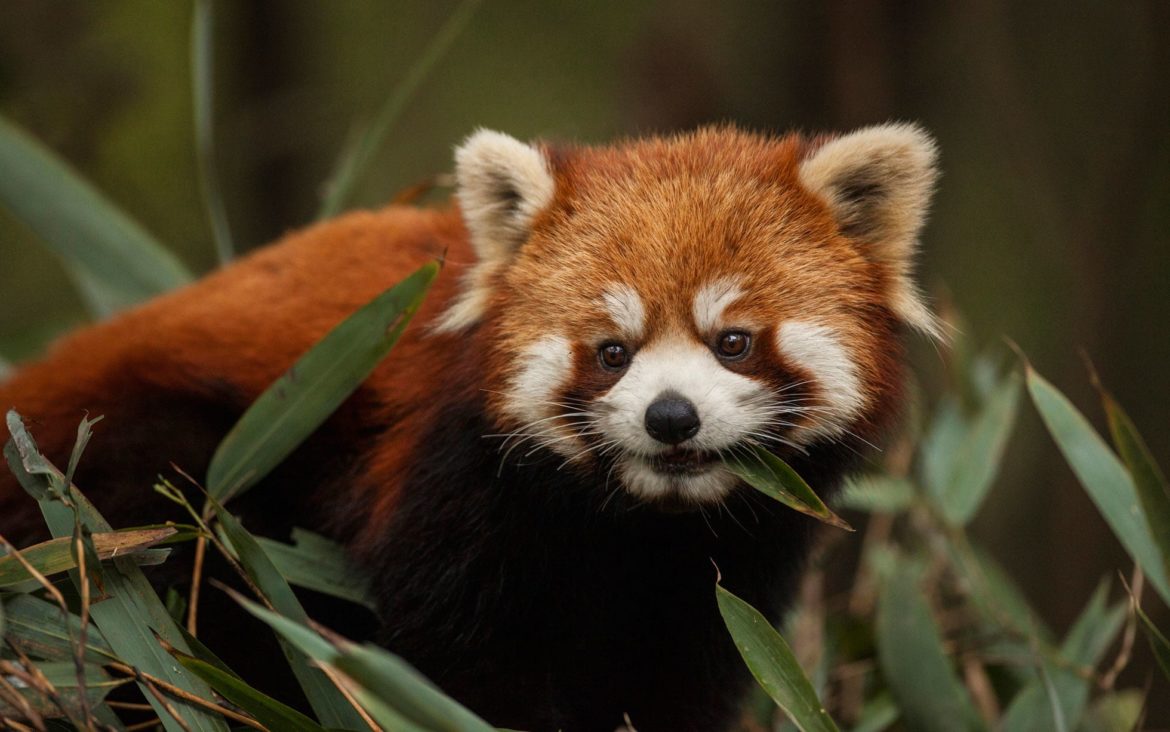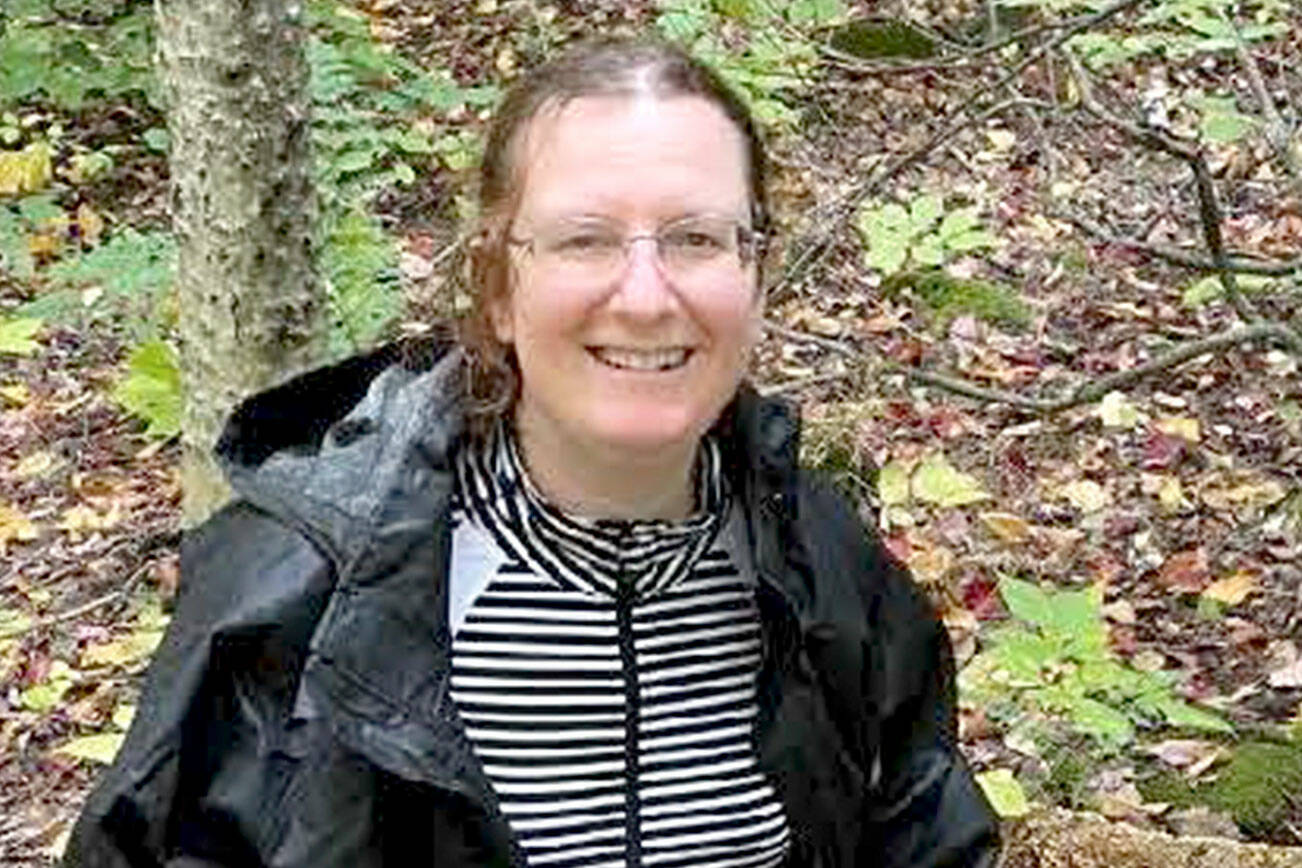UK's Rarest Wildlife: A Burning Issue Of Extinction

Table of Contents
The Most Endangered Species in the UK
The term "endangered species" refers to those facing a high risk of extinction in the wild. The IUCN Red List categorizes species into critically endangered, endangered, and vulnerable, reflecting the severity of their threat. The UK sadly boasts a number of species within these categories.
Mammals on the Brink
Several mammals in the UK are fighting for survival. The water vole, once common, is now critically endangered in many areas. The elusive Scottish wildcat, a unique subspecies, clings to existence, battling hybridization with domestic cats. The greater horseshoe bat, a magnificent creature, faces threats from habitat loss and disease.
- Water Vole: Pollution of waterways, habitat destruction from intensive agriculture, and predation by the invasive American mink are major contributing factors to their decline.
- Scottish Wildcat: Hybridization with domestic cats dilutes their unique gene pool, while habitat loss reduces their already limited range.
- Greater Horseshoe Bat: Loss of roosting sites (old buildings, caves) and the impact of pesticides on their insect prey are key threats.
Birds Facing Extinction
The avian world also faces significant challenges in the UK. The capercaillie, a majestic woodland grouse, is critically endangered, largely due to habitat loss and predation. The hen harrier, a beautiful bird of prey, is persecuted by illegal killing on grouse moors. The black grouse, another grouse species, faces similar pressures.
- Capercaillie: Habitat fragmentation and unsuitable forestry practices are key factors impacting their numbers. Conservation efforts include habitat restoration and predator control.
- Hen Harrier: Illegal persecution remains a significant threat, alongside habitat loss. Breeding programs and increased protection measures are crucial.
- Black Grouse: Habitat loss and degradation, particularly through forestry practices, have dramatically impacted this species. Conservation work focuses on improving habitat quality.
Reptiles and Amphibians Under Threat
Reptiles and amphibians are particularly vulnerable to environmental changes. The natterjack toad, with its distinctive call, is threatened by habitat loss and pollution. The sand lizard, a shy reptile found in heathland areas, suffers from habitat fragmentation and the encroachment of development.
- Natterjack Toad: Loss of breeding ponds and the impact of pollution on their aquatic habitats are major concerns. Conservation efforts include creating and restoring breeding ponds.
- Sand Lizard: The destruction and fragmentation of heathland habitats severely limits the sand lizard's range. Management practices that maintain suitable habitat are essential.
The Underlying Causes of Extinction
Several interconnected factors contribute to the decline of the UK's rarest wildlife.
Habitat Loss and Fragmentation
Urbanization, intensive agriculture, and deforestation drastically reduce and fragment wildlife habitats. This isolates populations, reduces genetic diversity, and makes them more vulnerable to disease and environmental changes.
- Intensive farming: Monoculture farming eliminates diverse habitats, leaving little space for wildlife.
- Urban sprawl: The expansion of towns and cities directly destroys habitats and fragments remaining areas.
- Deforestation: The loss of woodland habitats impacts numerous species reliant on trees for food and shelter.
Pollution and Climate Change
Pollution, including air, water, and land contamination, harms wildlife directly and indirectly. Climate change exacerbates these issues, altering habitats and disrupting ecological balances.
- Pesticide use: Pesticides kill not only target pests but also beneficial insects, impacting the food chain.
- Water pollution: Pollutants in rivers and streams harm aquatic life and affect species dependent on these resources.
- Rising sea levels: Coastal habitats are threatened by rising sea levels, leading to habitat loss for many species.
Invasive Species
Non-native species, such as the American mink and grey squirrel, outcompete native wildlife for resources, predate on them, or introduce diseases.
- American Mink: This invasive predator decimates water vole populations.
- Grey Squirrel: This invasive species outcompetes the native red squirrel for food and resources.
Conservation Efforts and Future Outlook
Protecting the UK's rarest wildlife requires a multifaceted approach.
Government Initiatives and Legislation
The UK government has implemented various acts and policies aimed at protecting endangered species and their habitats. The Wildlife and Countryside Act 1981, for instance, offers protection to many threatened species. However, stronger enforcement and wider-ranging policies are often needed.
- Wildlife and Countryside Act 1981: Provides legal protection for many threatened species and their habitats.
- Biodiversity Action Plans: These plans set out specific targets for the conservation of individual species and habitats.
The Role of Conservation Charities
Organizations like the RSPB (Royal Society for the Protection of Birds), WWF (World Wide Fund for Nature), and numerous other smaller charities play a crucial role in conservation efforts.
- Habitat restoration: Charities work to restore and create new habitats for endangered species.
- Breeding programs: Captive breeding programs help boost populations of critically endangered species.
- Public awareness campaigns: Education and outreach programs raise awareness about conservation issues.
What You Can Do to Help
Individuals can make a significant contribution to protecting the UK's rarest wildlife.
- Support conservation charities: Donate to or volunteer with organizations working to protect endangered species.
- Reduce your carbon footprint: Climate change is a major threat; reduce your impact through sustainable practices.
- Report sightings: Report sightings of rare or endangered species to relevant organizations.
Conclusion
The UK's rarest wildlife faces a multitude of severe threats, from habitat loss and pollution to climate change and invasive species. The urgency of the situation cannot be overstated. Effective conservation requires a collaborative effort, combining government initiatives, the dedication of conservation charities, and the active participation of individuals. Let's work together to protect the UK's rarest wildlife and secure a future for these precious creatures. Learn more about the species mentioned and how you can contribute to their survival. Protecting endangered wildlife UK is everyone's responsibility.

Featured Posts
-
 Miami Heat Fans Find Solace In Nba Tankathon During The Off Season
May 13, 2025
Miami Heat Fans Find Solace In Nba Tankathon During The Off Season
May 13, 2025 -
 The Gibraltar Sovereignty Debate Starmers Response To Growing Crisis
May 13, 2025
The Gibraltar Sovereignty Debate Starmers Response To Growing Crisis
May 13, 2025 -
 Large Scale Search For Missing Elderly Hiker In Peninsula Hills Continues
May 13, 2025
Large Scale Search For Missing Elderly Hiker In Peninsula Hills Continues
May 13, 2025 -
 Cooper Flaggs Impact Analyzing The Teams Most Likely To Secure The No 1 Nba Draft Pick
May 13, 2025
Cooper Flaggs Impact Analyzing The Teams Most Likely To Secure The No 1 Nba Draft Pick
May 13, 2025 -
 The Meg Thee Stallion Case And Chicago Law A Hypothetical Tory Lanez Sentencing
May 13, 2025
The Meg Thee Stallion Case And Chicago Law A Hypothetical Tory Lanez Sentencing
May 13, 2025
